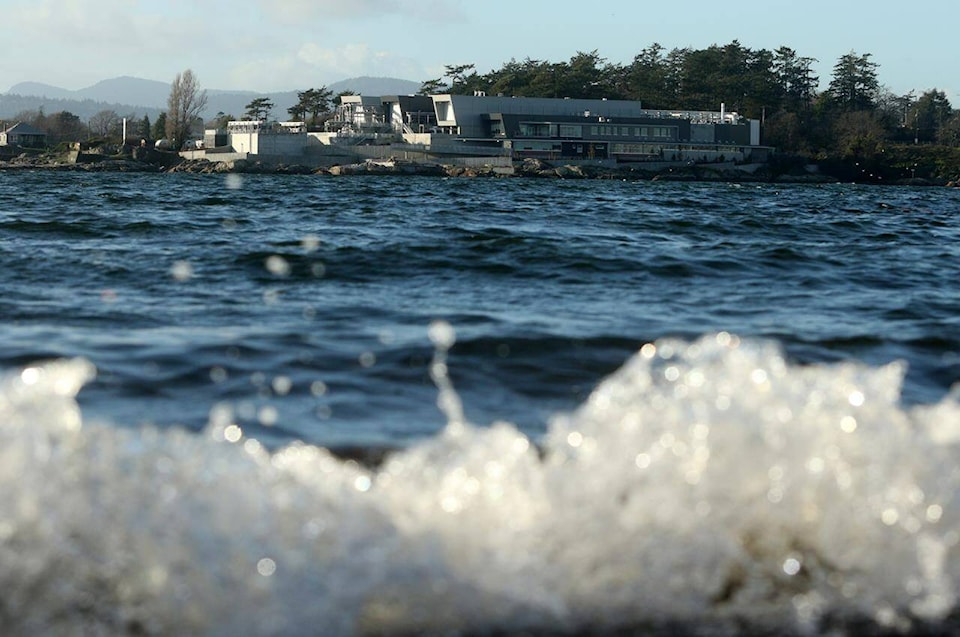After seeking interest from around the world, the Capital Regional District (CRD) has shortlisted six companies which could build and operate a pilot facility that would thermally break down the region's treated-sewage-derived granules.
As the CRD looks ahead with the goal of hosting a full-scale facility at Hartland landfill that could thermally process biosolids in about a decade, work is underway to procure a pilot plant.
The regional governing body will send out a request for proposal (RFP) this month to six firms who have expressed interest in designing, building and operating the demonstration plant. After that pilot facility is built, it would operate for a 15-month trial period.
The winning bidder will be required to build an approximately $10-million facility that can process between 2.5 and 10 tonnes of biosolids per day. The CRD board tasked the procurement process to consider proposals that could also process other kinds of solid waste, on top of the daily biosolids requirements.
In an aim to expedite the process, the RFP process will run concurrently with the CRD seeking regulatory approvals for the demonstration plant. Regional politicians are expected to be presented with the pilot's preferred proponent and a project schedule at a meeting in October. The CRD has previously said it could take years before a pilot plant is up and running.
The demonstration facility's prospective builders will have their applications evaluated on the cost of the project, the greenhouse gas emissions their site expects to produce and more. The pilot site is expected to use gasification or pyrolysis, which are high-temperature processes that differ from incineration. Those would likely create syngas or biochar byproducts from the biosolids.
During the pilot, the CRD would evaluate whether the Hartland facility's resulting biochar could help sequester GHGs, create value via carbon credits and if it meets the standards to be applied to the land as a growth supplement.
The CRD in June approved its long-term biosolids management plan, which outlines a tiered strategy for beneficially using the 10 tonnes of treated sewage produced every day, as the province requires. Topping that strategy is a permanent thermal plant at Hartland.
But with that full-scale facility estimated to be seven to 10 years away, the Capital Region is left with its issue-prone interim options. Through the first four months of 2024, 81 per cent of the 1,123 tonnes of biosolids produced in that time were landfilled, which is not a beneficial use under B.C. regulations.
That's prompted staff to propose seeking more out-of-region partners that would accept the CRD's biosolids. The region's environmental services committee signed off on that plan in June and the CRD board will consider it on July 10.

